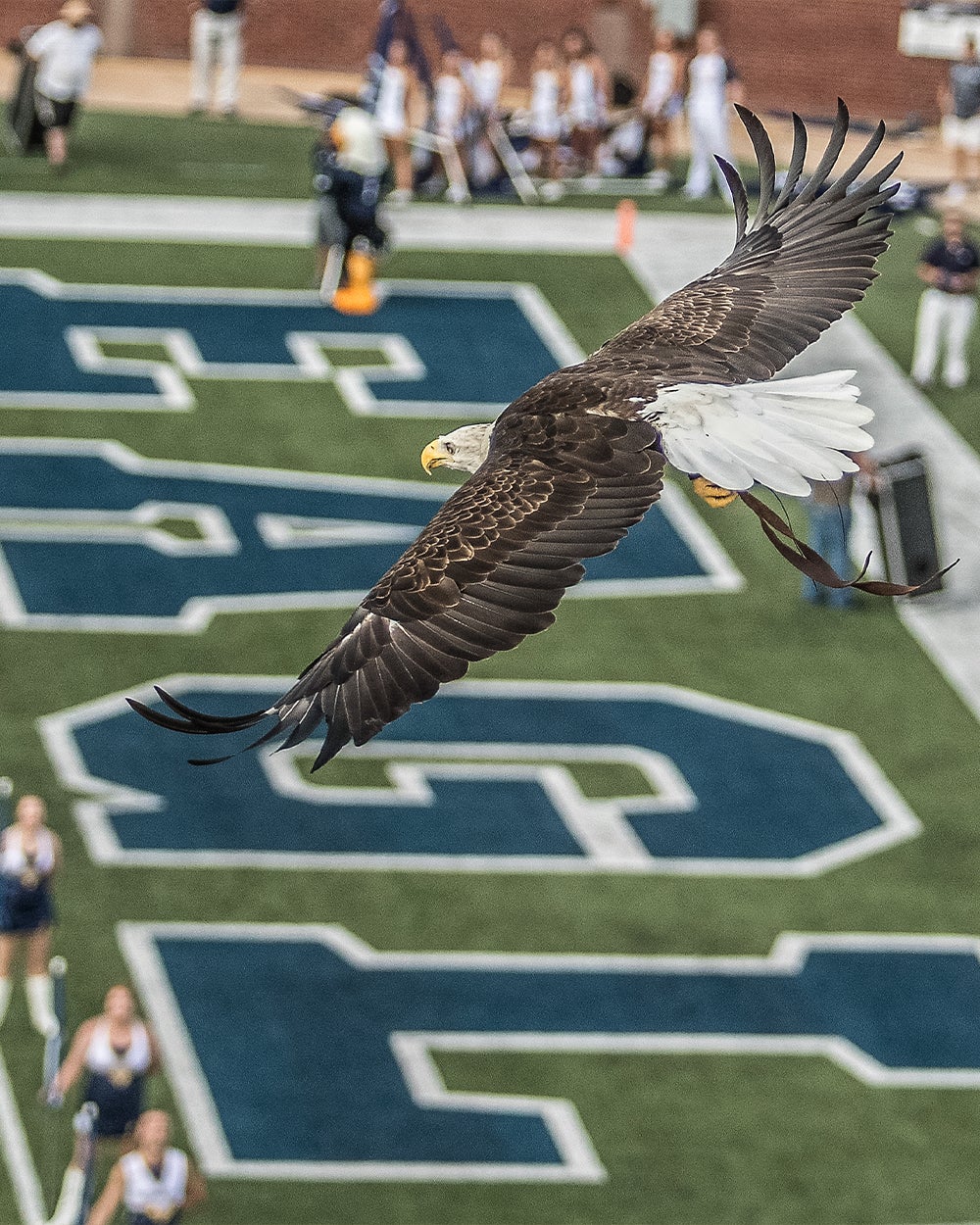Nursing students learn to deal with disaster
 Georgia Southern nursing instructor Marie Graf knows about life and death situations. She was a critical care nurse at a major hospital system in Houston, Tx., as Hurricanes Katrina, Rita and Ike stormed ashore. In 2008, Graf spent 72 hours on-duty, locked inside that hospital as the once 60 mile wide Hurricane Ike took aim on the Houston/Galveston areas.
Georgia Southern nursing instructor Marie Graf knows about life and death situations. She was a critical care nurse at a major hospital system in Houston, Tx., as Hurricanes Katrina, Rita and Ike stormed ashore. In 2008, Graf spent 72 hours on-duty, locked inside that hospital as the once 60 mile wide Hurricane Ike took aim on the Houston/Galveston areas.
A storm of that magnitude can mean trouble for hospitals. When the electricity goes out and battery power runs out, some computerized equipment no longer works, putting the lives of hospital patients in danger. That was the situation Graf faced during the storm and power outage. “I had to calculate drip rates on the critical care units for some nurses after their IV pumps ran out of battery power, because these nurses did not remember how to calculate drip rates due to their dependence upon computerized IV pumps,” said Graf.
During those three storms, Graf learned a life-changing lesson: be prepared for disaster. She now teaches that to her students in the Advanced Surgical Medical Nursing course.
Graf, RN, MSN and Ph.D(c)., has used those experiences to give her senior nursing students a dose of what could happen when they step onto the floor of a hospital. Their preparation comes from dealing with the unexpected during “Mock Codes, Emergency Nursing and Disaster Training Day.” In these drills with the assistance of the Statesboro Fire Department, the students have anything and everything thrown at them. It puts them in situations to test what they know and figure out what to do quickly and correctly.
“It was really good, and it was really helpful,” said senior nursing student Anna McGaughey. “We went through mock codes for when patients are unresponsive, have chest pains or wounds. We went through case studies and determined what we would do in a certain situation. Those were good because our classmates taught us different things.”
Not only are the students learning, their classmates are also teaching by running the codes for disaster triage, broken bones and heart attacks all under Graf’s instructions. She worked with two groups of six students before and after class for 10 weeks to prepare them to run the codes effectively and answer questions from their classmates in this hands-on and practical peer-to-peer learning situation.
“This is what student-led learning is supposed to be,” explained McGaughey. “It was more real. Sometimes we wouldn’t remember this fact or that fact. Everyone would share answers and help and remind each other of the important stuff that we needed to know and the steps to take.”
“My group was responsible for running codes in the hospital and in the real-world setting for various things ranging from stab wound victims to hypovolemic shock to atrial fibrillation and ventricular fibrillation,” explained student Cray Carter. “Some scenarios were heart conditions that could have life-threatening consequences if they go uncorrected. We tried to give various scenarios as well as teach about the conditions in general so we would be prepared for anything we might see in a real-life setting.”
The exercises were also eye-opening for Shantekia Smith. She is not only a nursing student but also a specialist in the U.S. Army. Her goal is to be a military nurse. “I learned a lot from it, especially emergency care as in snake bites and chest wounds,” said SPC Smith. “We learned the essential things that need to be done to save a life and get them to a hospital. In these scenarios, everything starts to come together, and we apply everything we’ve learned.”
This is the fourth semester Graf has challenged her senior nursing students with the mock codes and drills. She wants them to get as much practical experience as possible while at Georgia Southern to prepare them for their nursing careers. Graf believes it makes a difference and points to the proof in their performance. “They seem to do better on their exams,” said Graf. “They seem to respond quicker in nursing situations when they are in clinical settings when they have seen it in class. It also helps those who learn better through hands-on experience rather than lecture with visual aids.”
While the patients for these exercises were only mannequins, Smith gave their performance high marks. “We did great, and we didn’t lose anybody,” Smith said with a smile. “We worked together. We put our knowledge together and saved lives.”
As he moves closer to graduation and starting his nursing career, Carter summed up the critical care training quite nicely. “We have more confidence that we will be able to respond to a situation that could effectively save someone’s life which is important because that’s what we are there for.”
Posted in Archive, Press Releases

